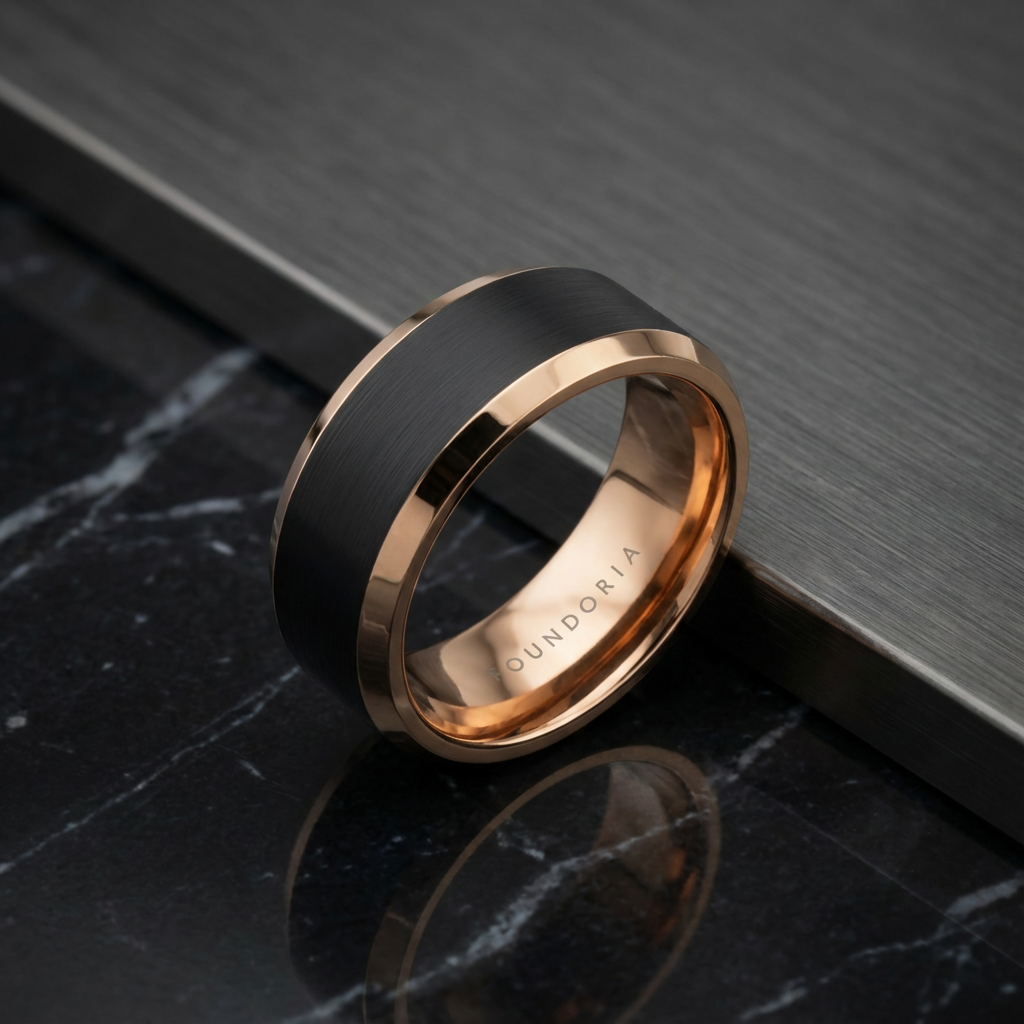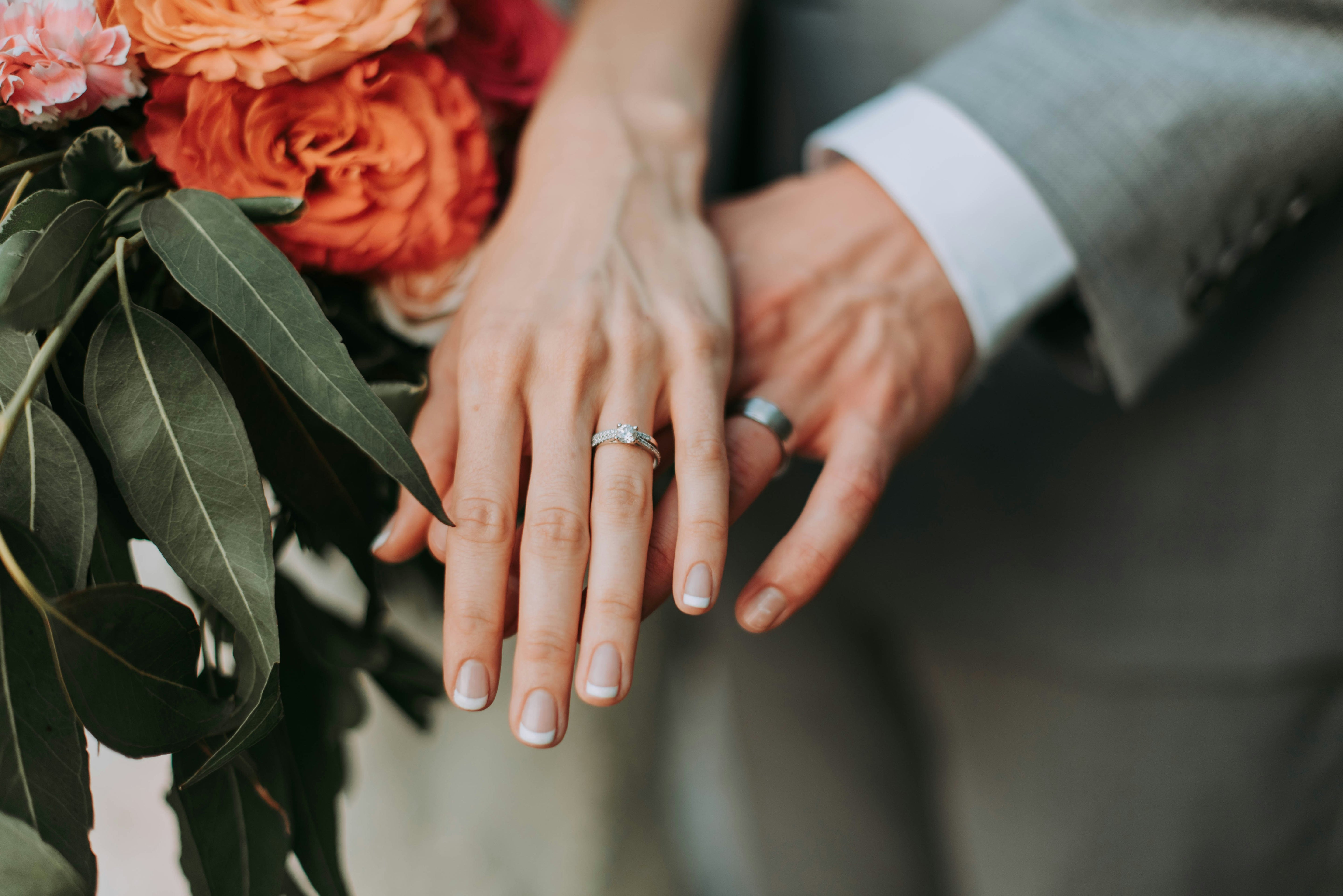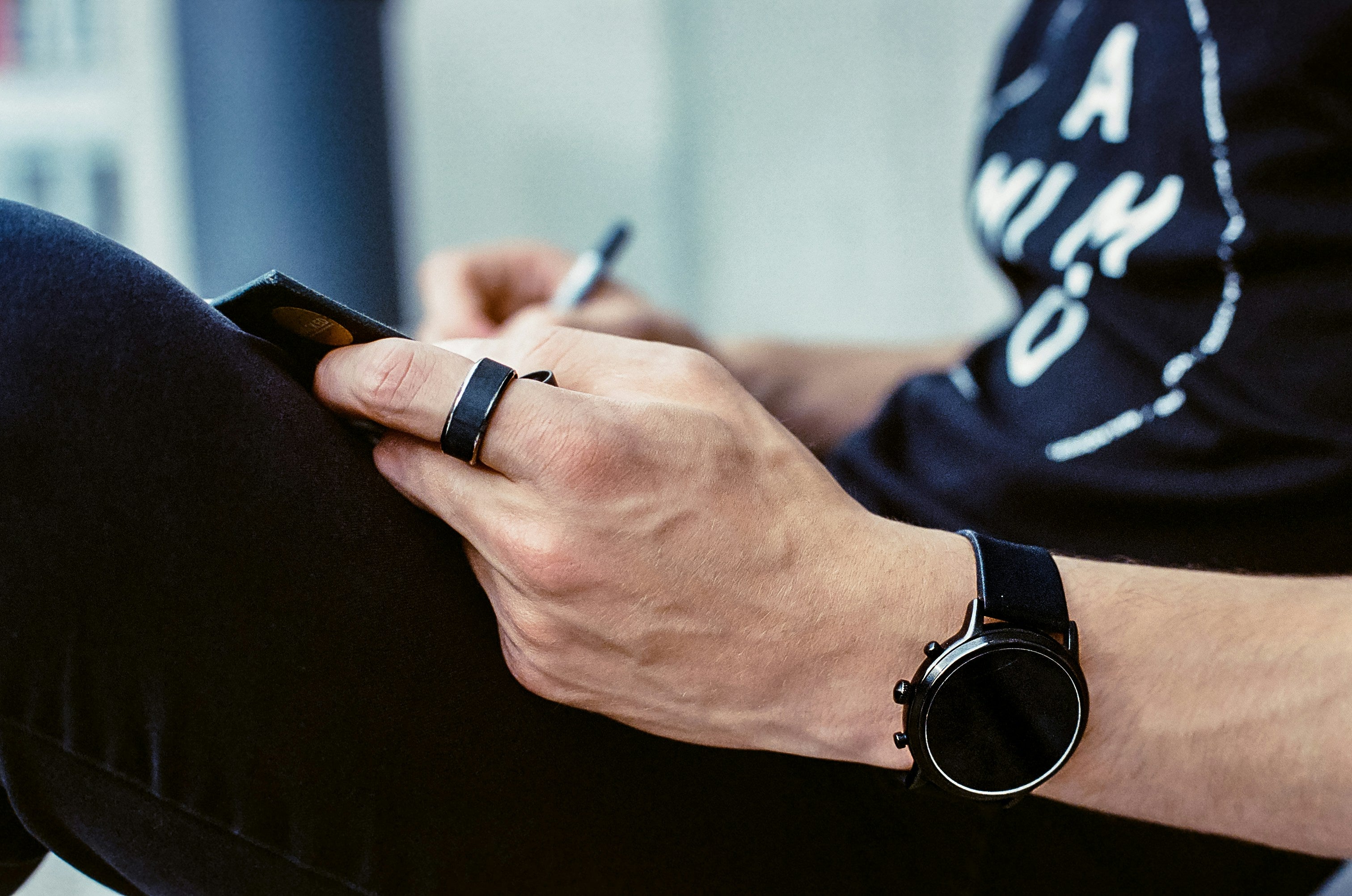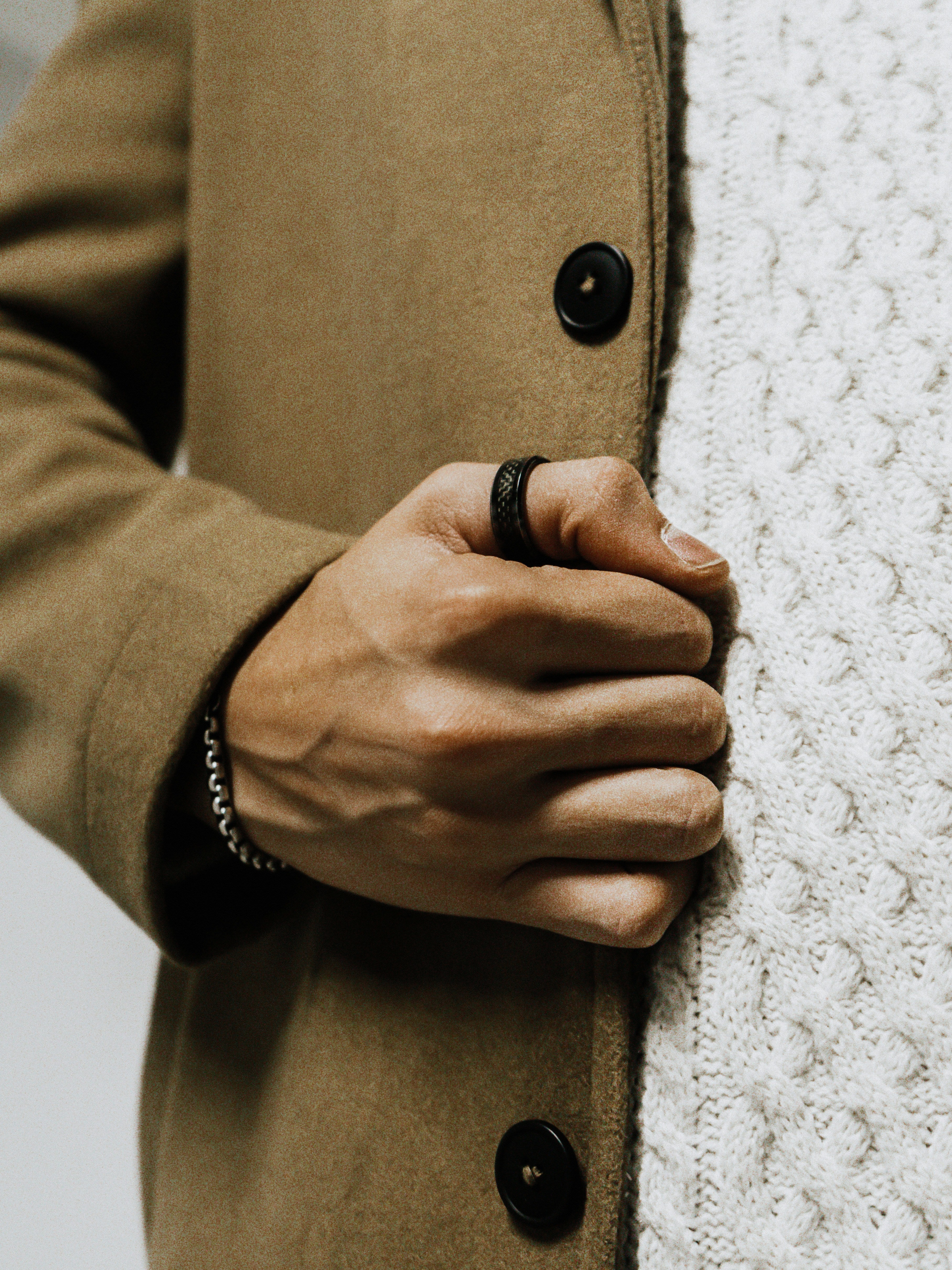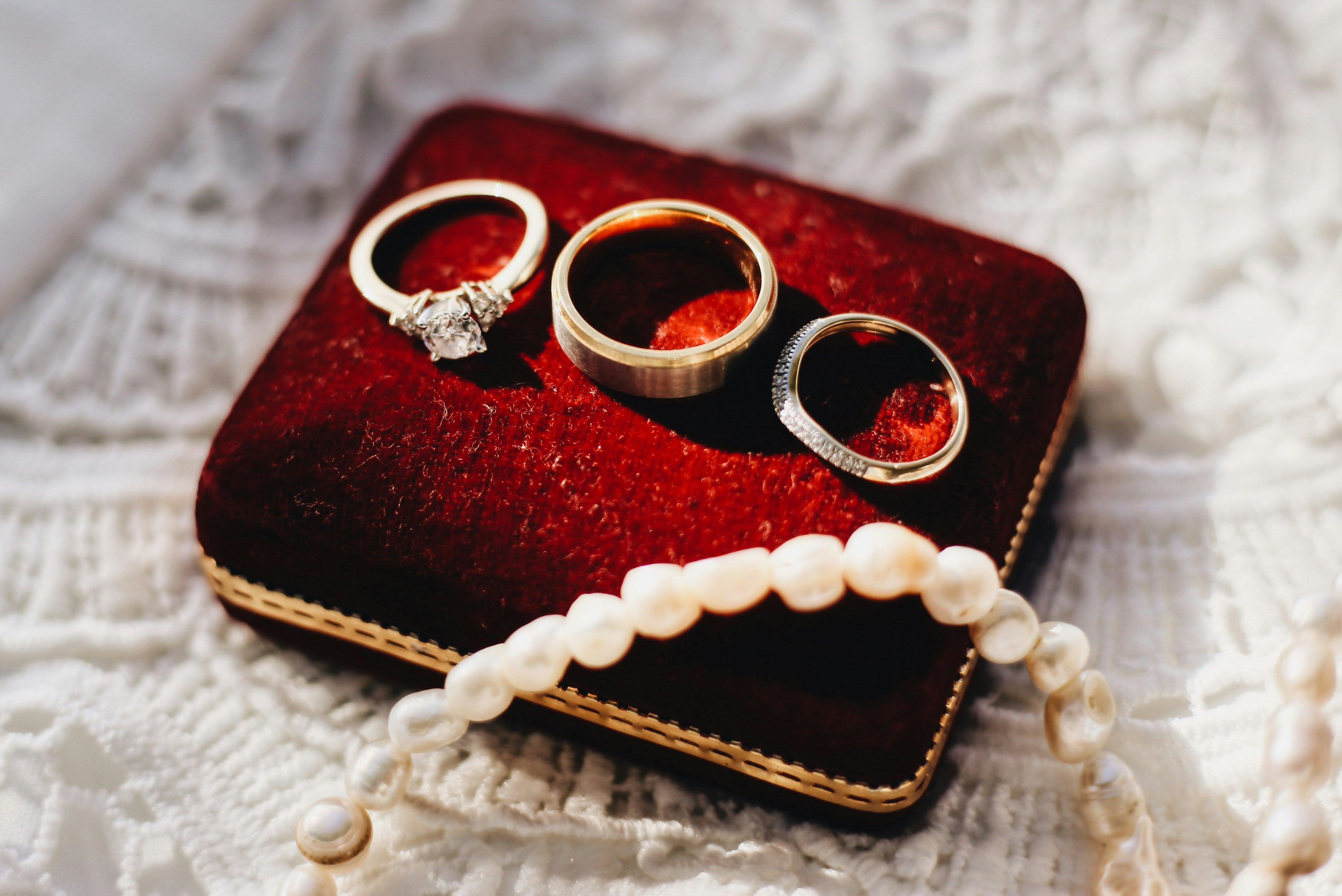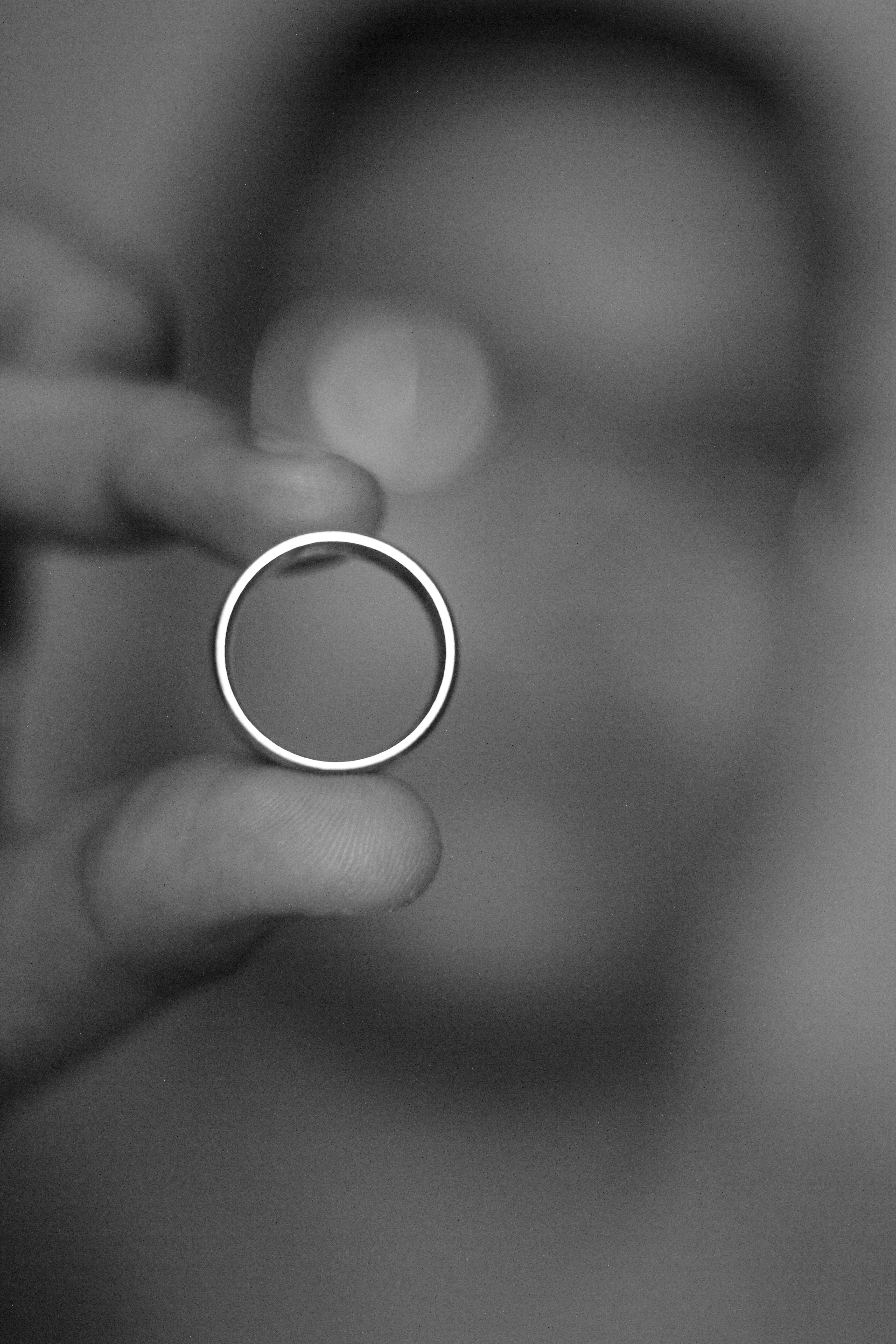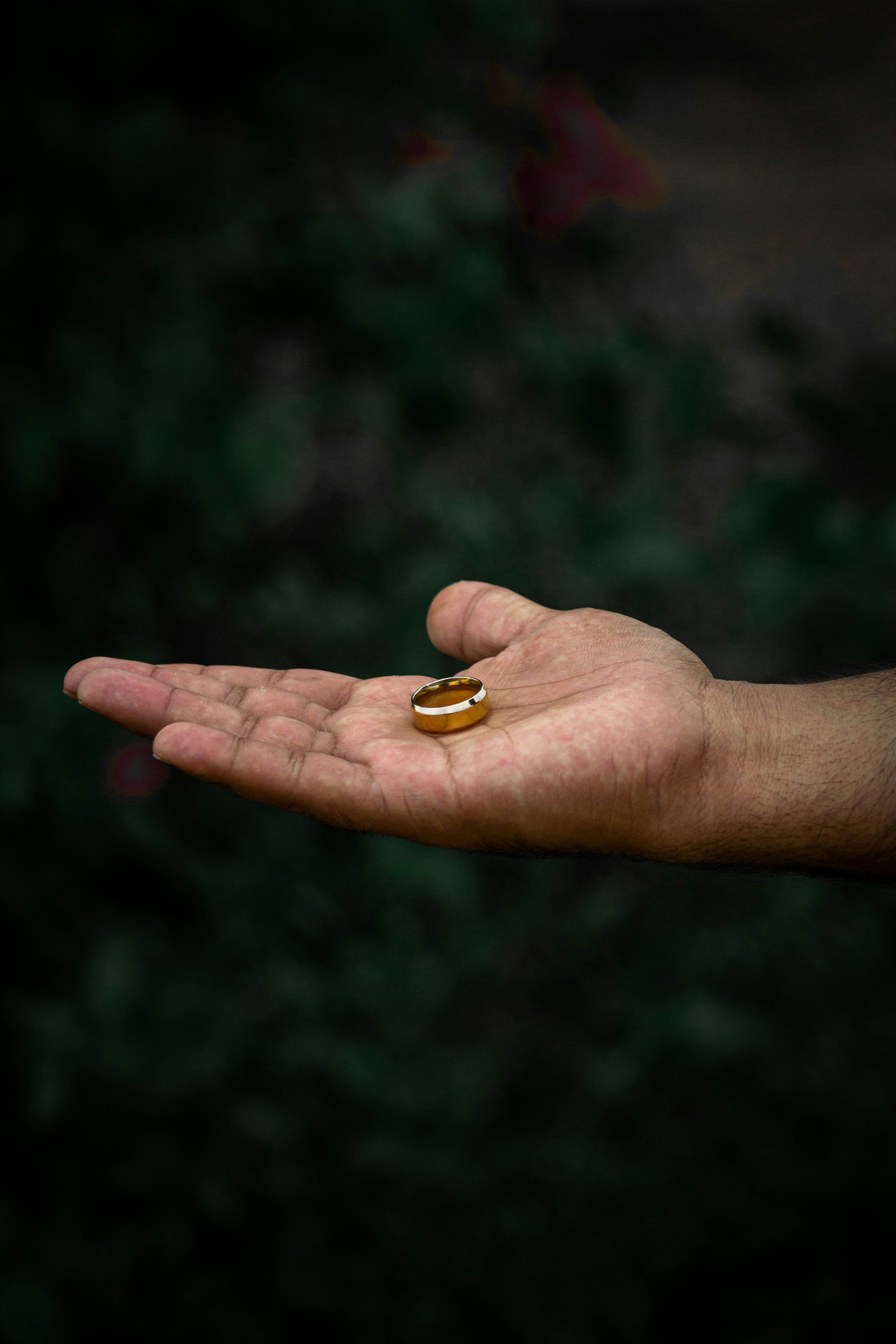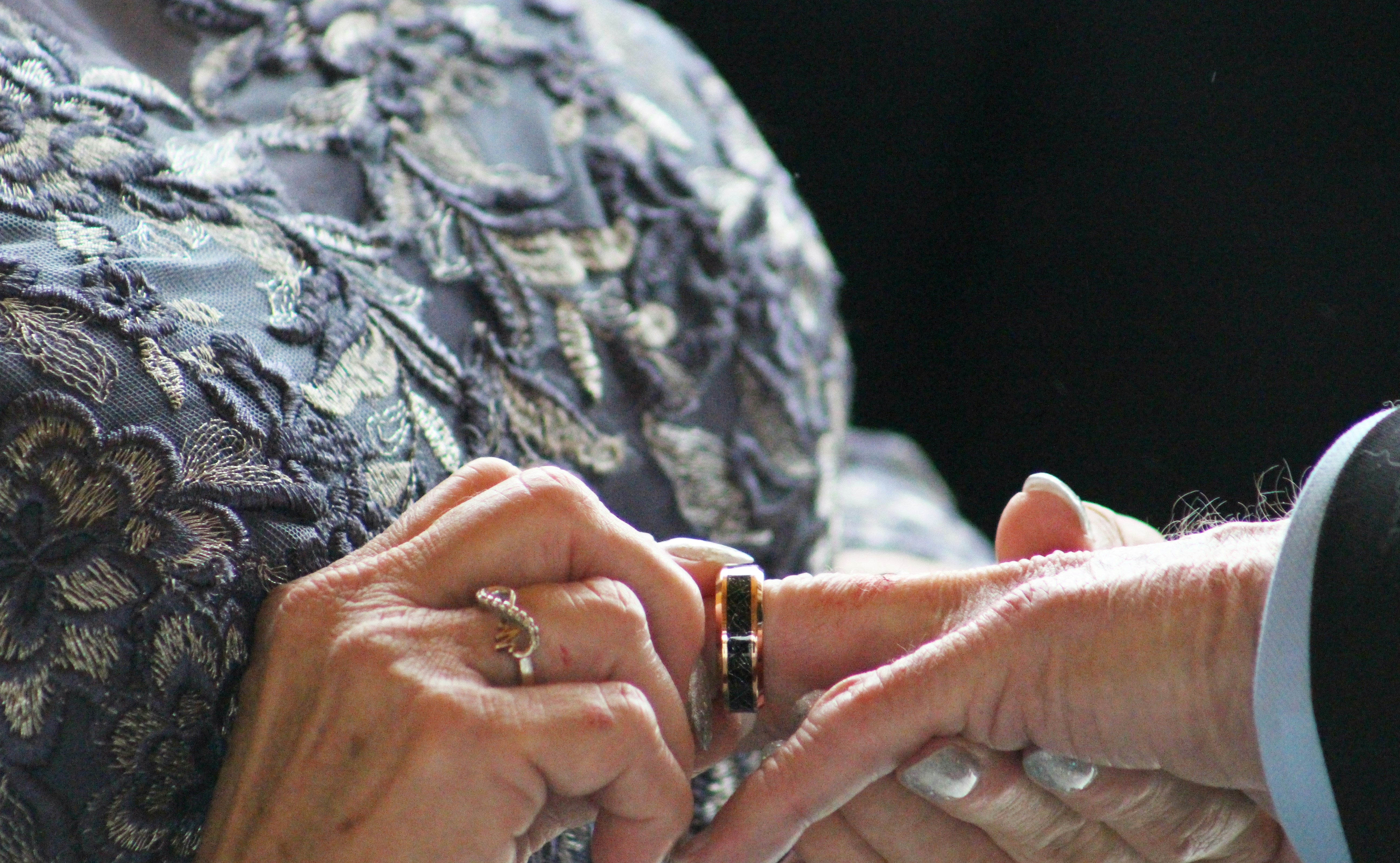The Complete Guide to Measuring Your Ring Size
Choosing the right ring size is more than a technical step — it’s the foundation of comfort, security, and the perfect presentation for your forever ring. Whether you're selecting a tungsten wedding band, a modern men’s ring, or a pinky ring with purpose, accuracy matters.
1. Professional Jeweller Sizing
How it works: Visit a jeweller who uses a calibrated set of metal ring sizers or a mandrel to measure your finger precisely.
Pros:
- Highest accuracy — calibrated tools and trained expertise.
- Immediate feedback — try multiple sizes and profiles.
- Adjustments for band width — accounts for wider bands fitting differently.
Cons:
- Requires travel to a jeweller.
- Less convenient for online purchases.
- Slight variations between jewellers’ tools.
Best for: Absolute precision, especially for high‑value or non‑resizable metals like tungsten carbide.
2. Free Ring Sizer Tool
How it works: Order a physical ring sizer (often free from premium brands like Foundoria) and measure at home.
Pros:
- Accurate — mimics jeweller’s sizing rings.
- Convenient — measure at home, at your own pace.
- Reusable — handy for future purchases or gifting.
Cons:
- Requires waiting for delivery.
- Accuracy depends on following instructions carefully.
- Finger size can vary with temperature or time of day.
Best for: Online shoppers wanting jeweller‑level accuracy without leaving home.
3. Printable Ring Sizer Chart
How it works: Download and print a sizing chart, then place an existing ring over the circles to match the correct diameter.
Pros:
- Instant — no waiting for tools.
- Free — easy to access online.
- Good for matching an existing ring.
Cons:
- Printer scaling errors can distort measurements.
- Relies on having a ring that fits perfectly already.
- Less accurate for wide bands or comfort‑fit profiles.
Best for: Quick checks when you already own a well‑fitting ring.
4. String or Paper Strip Method
How it works: Wrap a strip of paper or string around your finger, mark where it overlaps, then measure the length and compare to a sizing chart.
Pros:
- Accessible — uses household items.
- Fast — no special tools needed.
- Good for a rough estimate.
Cons:
- Least accurate — material can stretch or compress.
- Easy to measure too loosely or tightly.
- Doesn’t account for ring profile or comfort fit.
Best for: Emergency sizing when no other tools are available.
5. Measuring an Existing Ring with a Caliper
How it works: Use a digital or manual caliper to measure the internal diameter of a ring that fits well.
Pros:
- Precise — measures to fractions of a millimetre.
- Quick — no need to measure your finger directly.
- Ideal for matching a gift ring.
Cons:
- Requires a caliper tool.
- Assumes the existing ring fits perfectly.
- Doesn’t account for finger changes over time.
Best for: Replicating the size of a ring you already love.
6. Seasonal and Time-of-Day Considerations
Why it matters: Finger size changes with temperature, hydration, and activity. Measure at different times to find the most consistent fit.
Pros:
- Ensures comfort year‑round.
- Avoids sizing too tight or too loose.
Cons:
- Requires multiple measurements.
- Slightly more effort.
Best for: Anyone investing in a ring they’ll wear daily.
Foundoria’s Recommendation
For non‑resizable metals like tungsten carbide, accuracy is non‑negotiable. We recommend:
- Order our free ring sizer for jeweller‑level precision at home.
- Measure at least twice — once in the morning, once in the evening.
- Confirm with a professional jeweller if possible, especially for designer styles or inlays.

